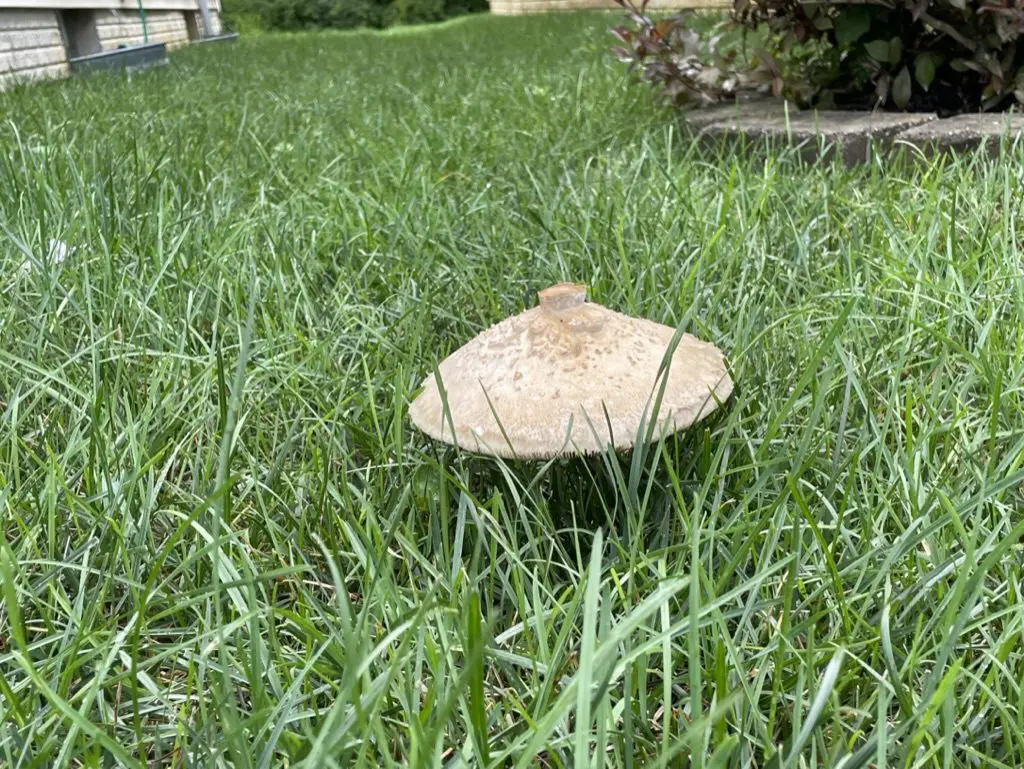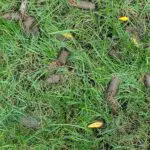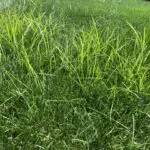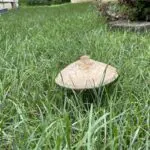
1. What causes mushrooms to grow in lawns?
Mushrooms thrive in damp and shaded environments, making lawns a suitable habitat for their growth. They often emerge in response to the presence of decaying organic matter, such as dead roots, thatch, or buried wood, which provide the necessary nutrients for their development.
2. How does soil composition impact mushroom growth?
– The composition of the soil, particularly its moisture content and organic matter levels, plays a significant role in mushroom growth. Soils with high organic content and moisture retention are more conducive to mushroom development. Additionally, compacted or poorly-draining soils can create conditions favorable for mushroom growth.
3. Are mushrooms harmful to my lawn?
– In most cases, mushrooms are not inherently harmful to lawns. However, their presence may indicate underlying issues such as excessive thatch, poor soil drainage, or overwatering. Some mushrooms may also release spores that can cause allergic reactions in sensitive individuals and pets.
4. How can I manage mushrooms in my lawn?
– To manage mushrooms, it is essential to address the underlying causes. Improving soil drainage, reducing thatch buildup, and promoting healthy lawn growth can help minimize mushroom development. Additionally, removing visible mushrooms and ensuring proper lawn maintenance practices can help control their spread.
5. Can I prevent mushrooms from growing in my lawn?
– While complete prevention of mushrooms may be challenging, implementing proper lawn care practices can minimize their occurrence. This includes regular aeration, dethatching, and ensuring appropriate watering and fertilization to maintain a healthy lawn ecosystem.
Conclusion:
Understanding the factors contributing to mushroom growth in lawns empowers homeowners to take proactive measures in managing and minimizing their presence. By addressing the underlying causes and implementing effective lawn care practices, it is possible to maintain a healthy and vibrant lawn while mitigating the impact of mushrooms. With the right approach, homeowners can enjoy a well-maintained lawn that is free from unsightly fungus growth.






